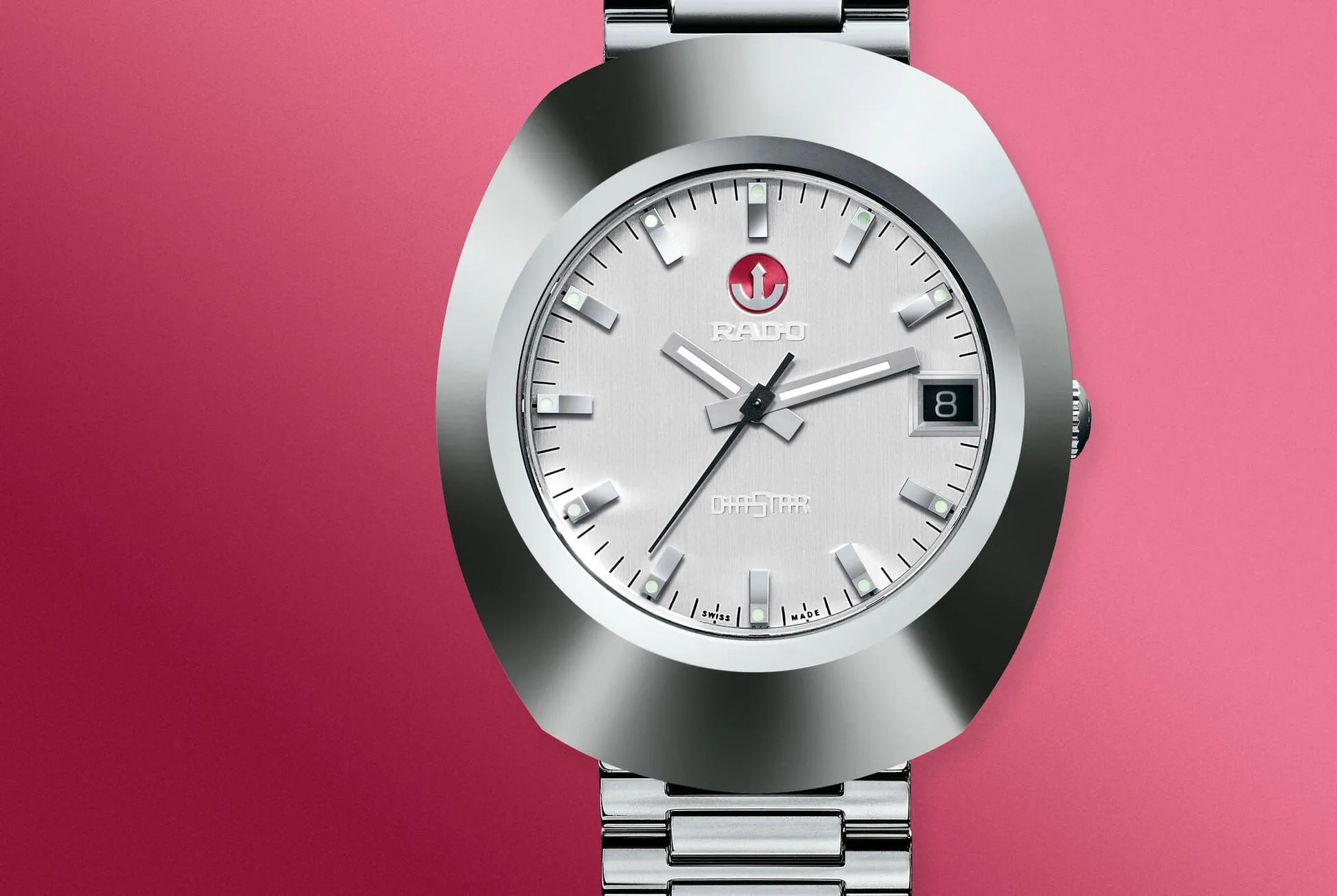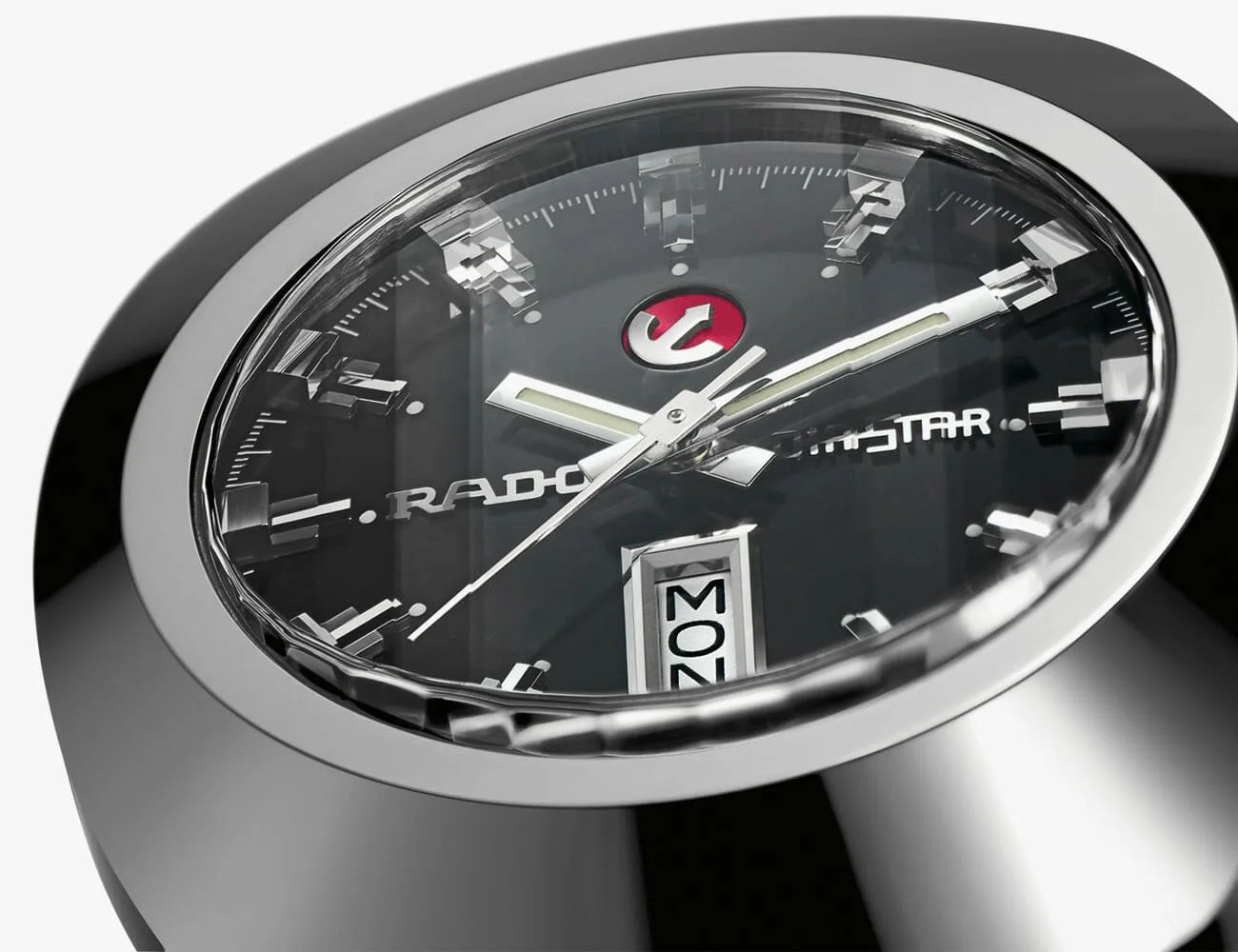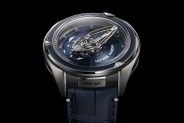Welcome to Watches You Should Know, a biweekly column highlighting little-known watches with interesting backstories and unexpected influence. This week: the Rado Diastar.
The offbeat design of the Rado DiaStar isn’t the only reason it should get your attention. It’s funky, for sure, but you might not guess that it was technologically visionary. As ceramics and material innovation have become some of the most important current areas of competition among major watch brands, the DiaStar’s introduction in 1962 represents a milestone for the industry that today seems all the more significant. Rado introduced the DiaStar as “the world’s first scratchproof watch,” and the brand today quietly continues to be a leader in technical materials.
More Watches You Should Know
• Swatch X-Rated
• Porsche Design Chronograph 1
• Citizen X-8
The DiaStar was long considered the “first ceramic watch,” but there has subsequently been some confusion since the material was tungsten carbide rather than the more common form of watchmaking ceramic, zirconium dioxide. The first this, the first that…These are important designations watch companies use to stake their place in history, but there’s often some controversy and discrepancy surrounding such claims. The Rado DiaStar is one such example that deserves some clarification. The DiaStar is indeed tungsten carbide, but that doesn’t mean it wasn’t the first ceramic watch.
It turns out that the definition of ceramic isn’t so cut-and-dry, as ceramic is more like a type of material than a specific substance. Naturally, the “high-tech ceramic” used for watchmaking is different than that of your coffee cup, which helps illustrate the wide variation possible in ceramics. According to Wikipedia, “a ceramic is an inorganic, nonmetallic solid material comprising metal, nonmetal or metalloid atoms primarily held in ionic and covalent bonds.” There’s a lot to unpack there, but, essentially, ceramic can be made from a range of elements, including metals like tungsten.

So, is tungsten-carbide a ceramic? It seems that the American Ceramic Society, at least, considers it so, which is good enough for this non-chemist watch enthusiast to call the DiaStar the first ceramic watch.


